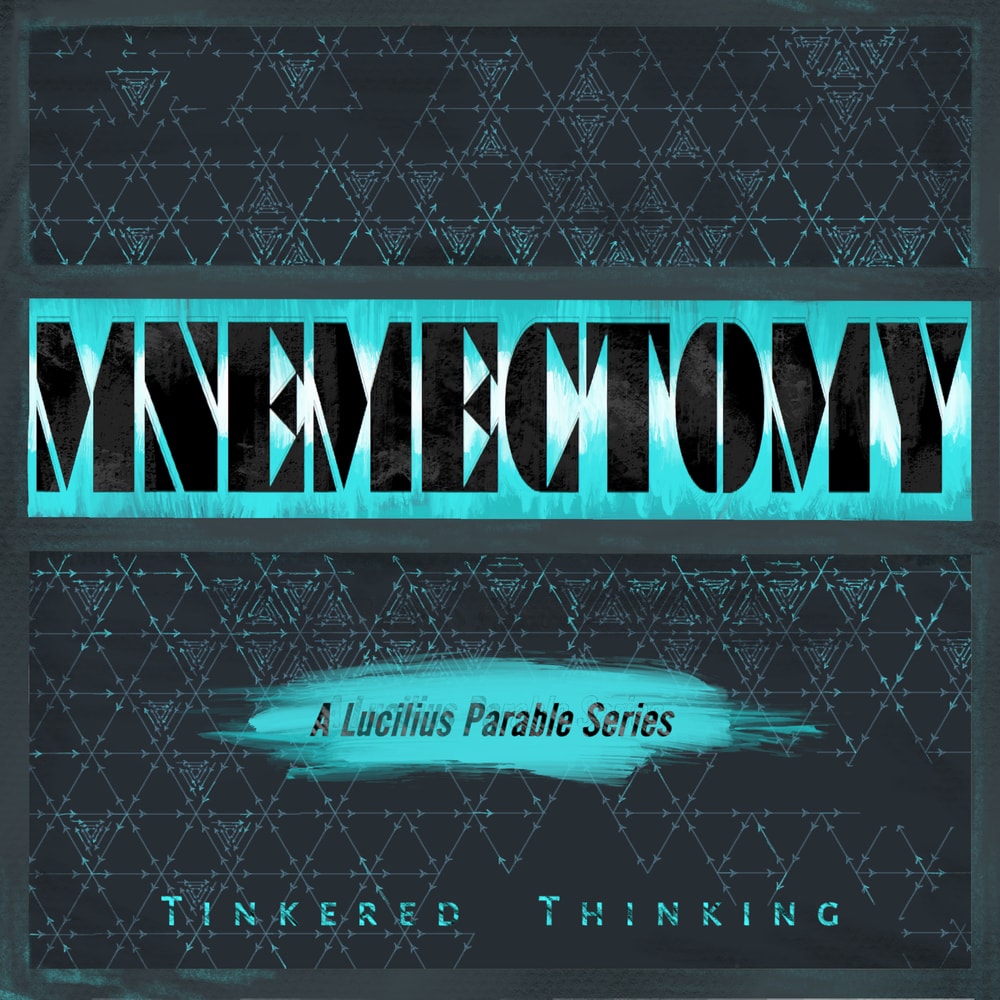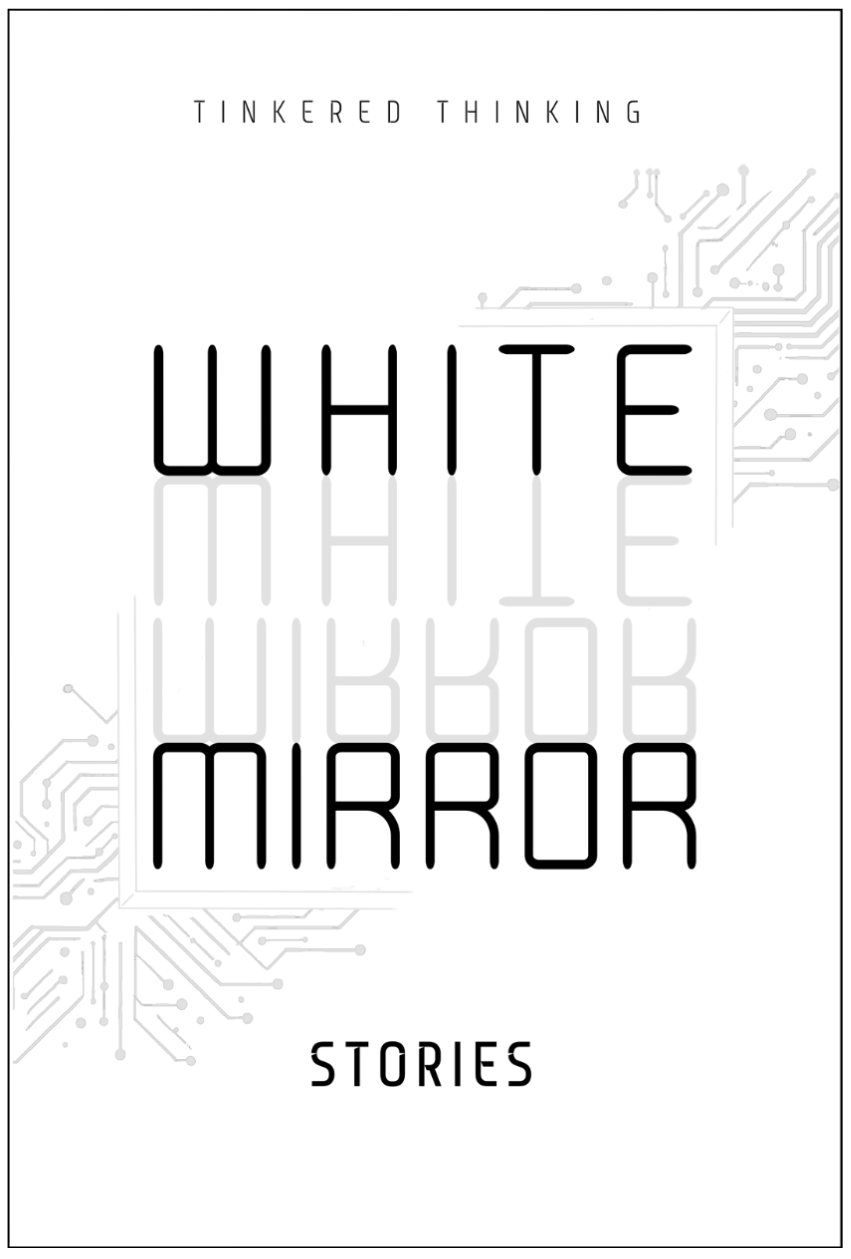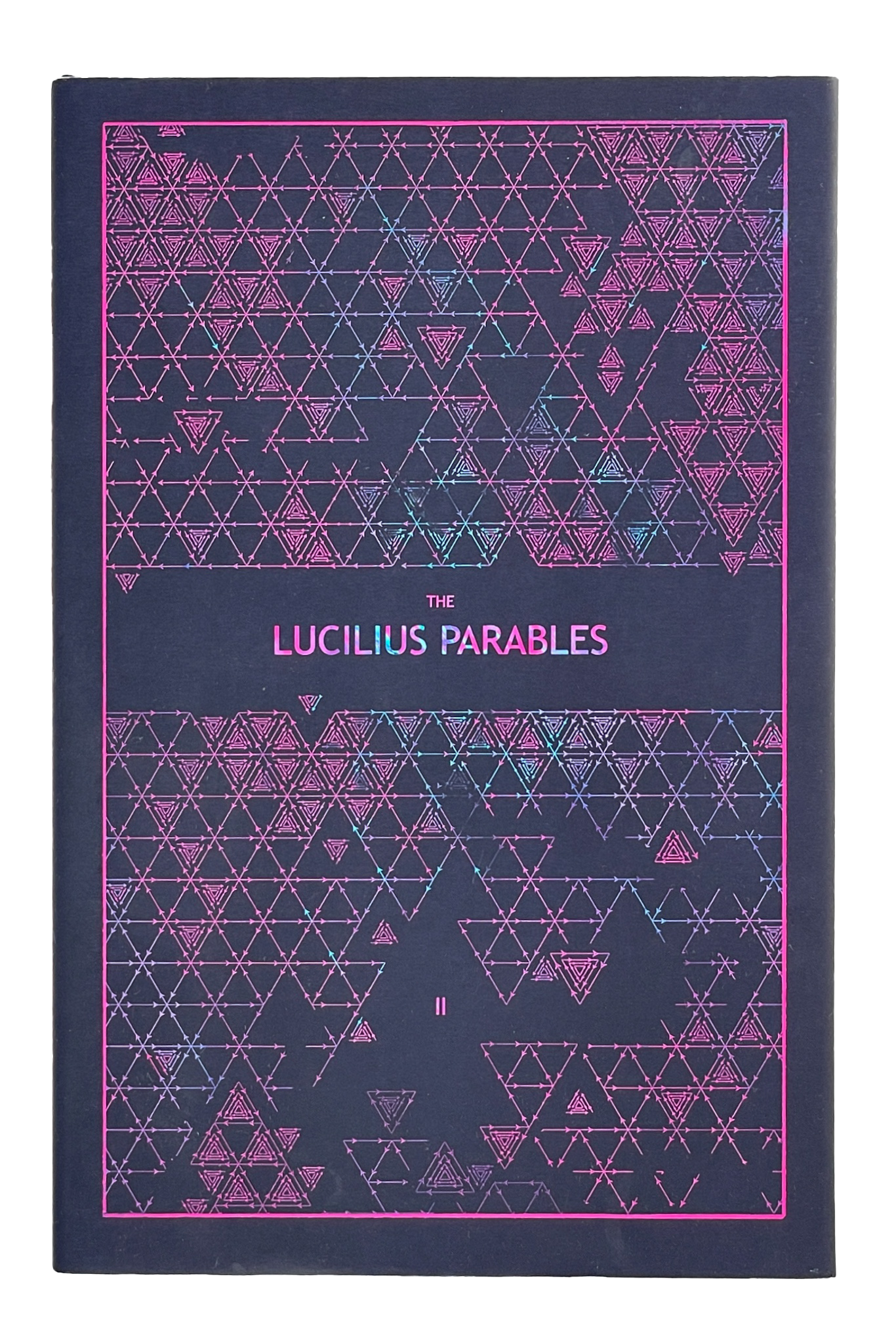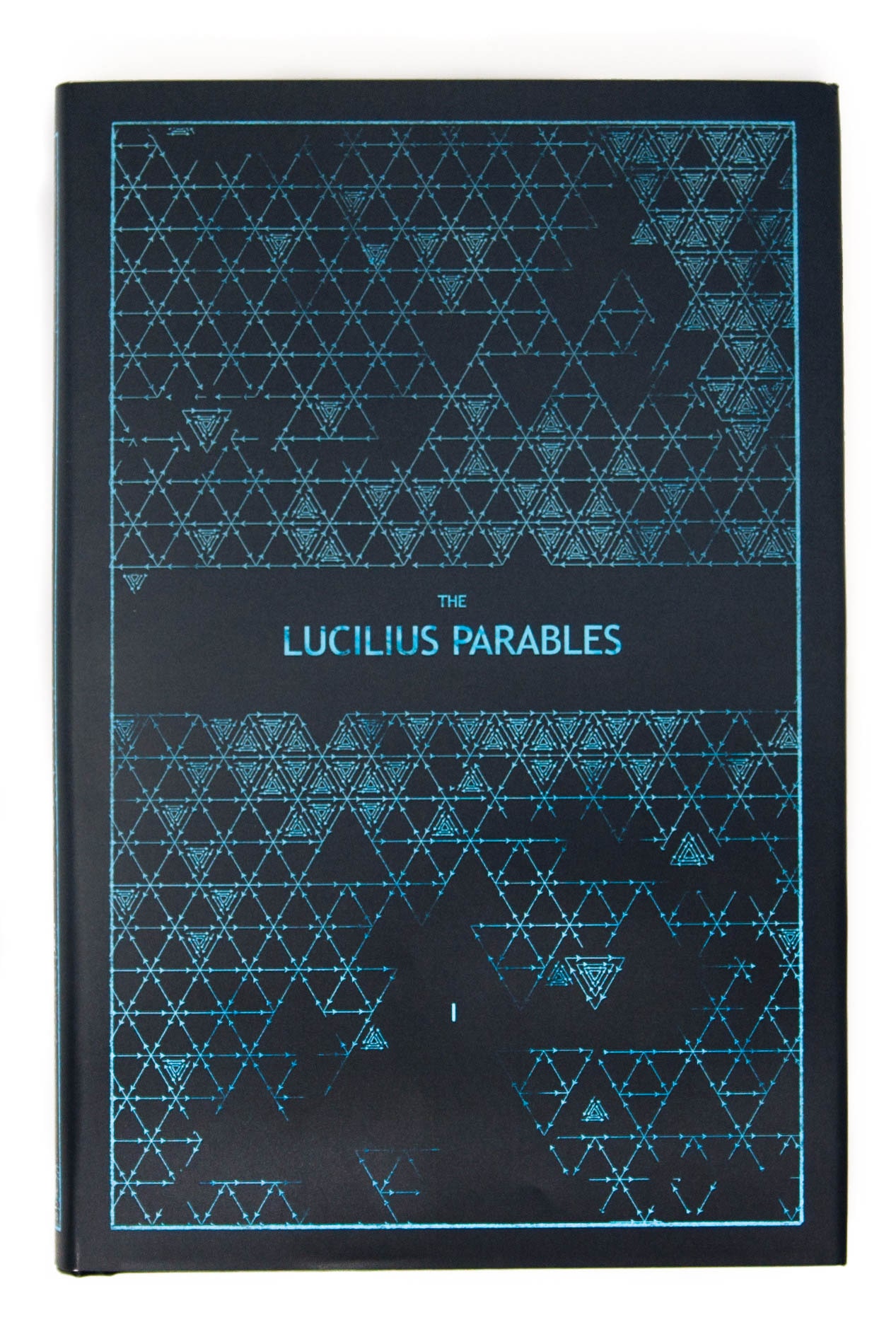Daily, snackable writings to spur changes in thinking.
Building a blueprint for a better brain by tinkering with the code.
subscribe
rss Feeds
SPIN CHESS
A Chess app from Tinkered Thinking featuring a variant of chess that bridges all skill levels!
REPAUSE
A meditation app is forthcoming. Stay Tuned.
THE GEOGRAPHY OF PROGRESS
June 3rd, 2021
Evolution is often visualized as a slow but constant change. There are countless computer generated simulations of the morphing ape face into a human one. This is also how we like to think work happens: you show up to a job and start working and you don’t stop until it’s time to go home. For some forms of work, particularly manual labor, this might be the case, but if the work is creative of any kind, this sort of consistency is a fantasy, just like our visualizations of evolution. The process of both is one of fits and starts, sprints and potentially long plateaus where nothing much happens.
If a particular species is perfectly adapted to it’s environment, then there is virtually no evolutionary pressure on that species to change. It’s only when circumstances shift, when it gets colder, or hotter, or a new predatory or food source turns up that evolutionary process kicks into action. Given the distribution of genetic mutations, there is a chance that an off spring of the current generation is slightly better equipped to handle the new environmental circumstance. Perhaps the genetic mutation creates a thicker coat of fur and the colder environment is no problem. Or perhaps it’s less fur in a hotter circumstance. Or this one can run faster and avoid the new predator or has a different shaped set of teeth to dig into a new food source. This match up of genetic mutation and environmental change is a lot like luck. That one individual gets lucky because they have an advantage compared to the rest of their population. This advantage generally enables the individual to have more offspring and eventually, if the mutation and the environment change both stick around for long enough, this new branch of the species will grow and displace all the other individuals in the population that lack the genetic mutation. But again, this shift in population morphology requires a change in the environment. So what happens to species morphology if there’s no change in the environment? For the most part, nothing. Sharks, for example, are older than trees and while they’ve changed shape and size over the eons, they haven’t actually changed that much. Whales on the other hand are the ancestors of a small land animal that walked on four legs.
The creative work process is an evolutionary one. It hinges on discovery, which is akin to the randomness of genetic mutation and the unpredictability of environmental changes, which means it’s also, very inconsistent. Or rather discovery and creativity can be very inconsistent. The writer who can’t seem to start the next book for years and years is a good example of the stagnancy that can occur in the creative process which is similar to the shark’s complete lack of pressure to evolve.
The geography of progress is an evolutionary process. It is not linear and it’s only as consistent as the pressures that are applied to it. Creativity and innovation needs push and drive in order to occur, otherwise, like that blocked writer, or that shark, things stay the same, and that can go on for a very long time.
-compressed.jpg)





